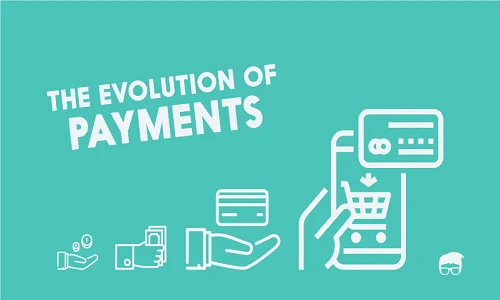
The realm of payment methods has been on a transformative journey, evolving from the archaic barter system to digital and even decentralized modes. It’s a shift that mirrors human progression in its ever-changing ethos. Let’s dive into this evolution, tracing the steps from traditional systems to innovative digital solutions.
Traditional Payment Systems: Setting the Economic Stage
At the heart of the global economy are traditional payment systems, most notably credit and debit cards. Over the years, these instruments have been the lifeblood of commerce, facilitating a smooth flow of transactions across the globe.
The benefits are easy to see. Their ease of use, widespread acceptance, and provision for credit have made them staples in our wallets. However, they have not been without their drawbacks. Card fraud, identity theft, and high transaction fees have often marred the consumer experience, triggering a quest for better solutions.
The Rise of Cryptocurrencies: A New Frontier in Payments
Enter cryptocurrencies, digital or virtual currencies secured by cryptography. Bitcoin, the pioneer and most prominent cryptocurrency, heralded this era, offering an alternative to conventional payment systems.
Cryptocurrencies bring several advantages to the table. Their decentralized nature ensures a lack of governmental control, fostering a sense of financial autonomy. Transactions are quick and comparatively cheaper, particularly for cross-border transfers. Additionally, the blockchain technology that underlies cryptocurrencies ensures transparency and immutability, creating a high level of trust.
But it is not all rosy. Cryptocurrencies, given their relative novelty, can be quite volatile, with their values often susceptible to significant swings. This volatility, coupled with their semi-anonymous nature, has led to their use in illicit activities, inviting regulatory scrutiny.
That said, their potential cannot be overlooked. Today, it’s become simpler than ever to dip into this new financial pool. For instance, you can conveniently buy bitcoin with debit card without verification, further lowering the barriers to entry.
Security and Convenience: Key Players in Digital Payments
The importance of security and convenience in payment systems cannot be overstated. Cryptocurrencies, though not without their challenges, offer a unique blend of these aspects. The blockchain technology inherently ensures a secure transactional environment, while the digital nature of these currencies ensures convenience.
Bitcoin transactions, for example, are encrypted and added to the blockchain, offering a robust security mechanism. This same technology allows users to buy bitcoin without lengthy verification processes, thereby increasing convenience.
Future Trends: Gazing into the Payment Crystal Ball
Looking forward, it seems the digitalization of payments will continue to gain traction. Cryptocurrencies, while still a contentious subject in many regions, show great promise in the face of conventional methods.
Increasingly, businesses, both big and small, are embracing cryptocurrencies as a valid form of payment, signifying a shift in attitude towards this novel innovation. Further, advancements in technology, such as improved security protocols and streamlined user interfaces, are set to make digital payments, including cryptocurrencies, more user-friendly.
The journey from traditional systems to digital solutions has been nothing short of remarkable, reflecting humanity’s endless quest for efficiency and progress. As we further explore the avenues of financial innovation, one thing is clear: the evolution of payment methods is far from over, and the future holds exciting possibilities.


Be the first to comment